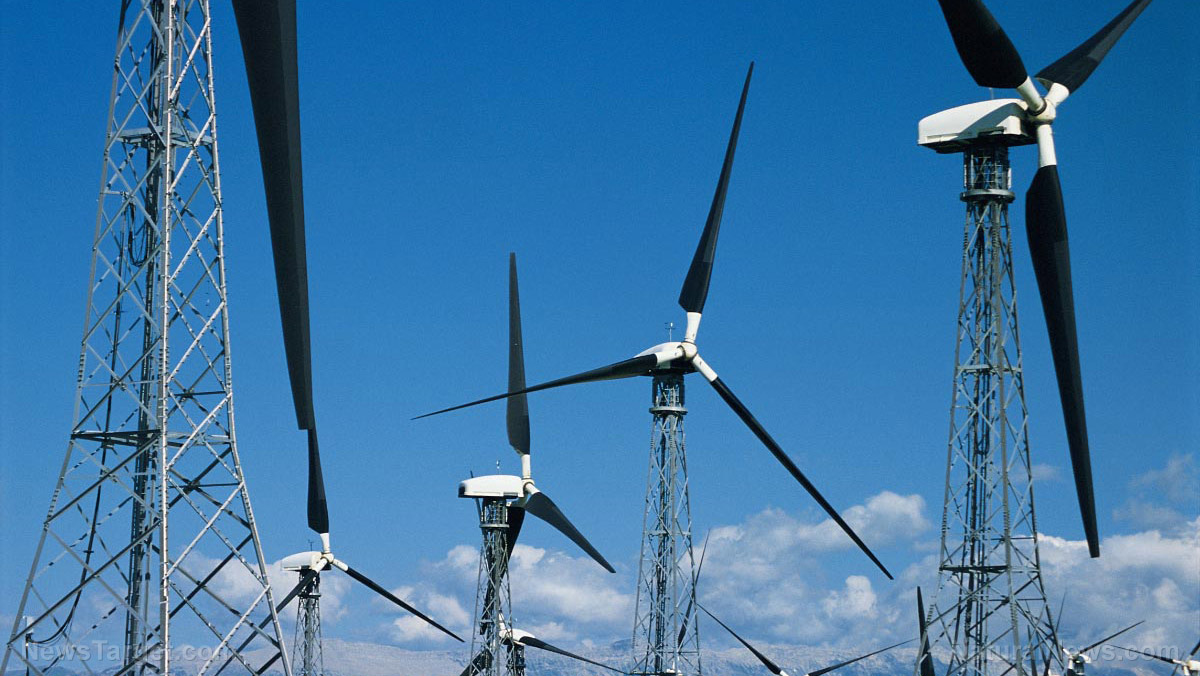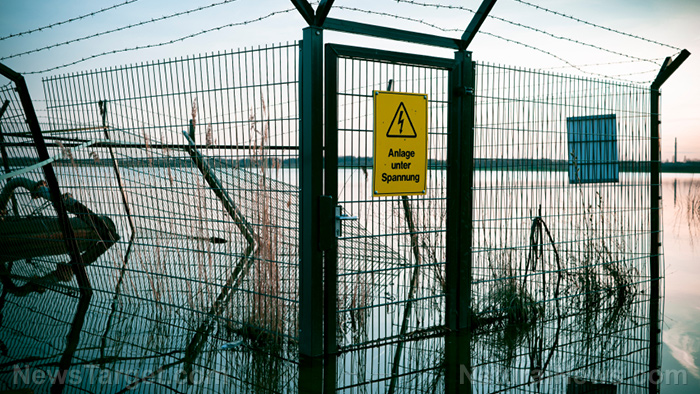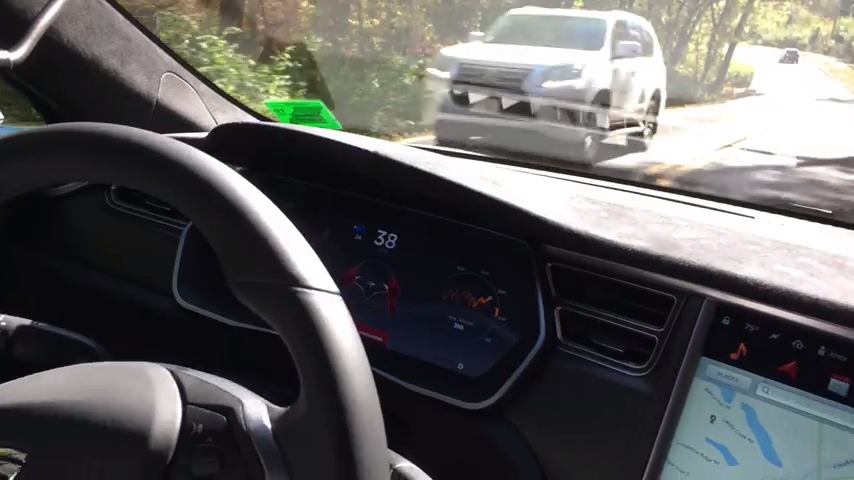China to build “solar roadways” with fully transparent concrete covering solar cells
02/10/2019 / By David Williams

Solar-powered technology has indeed come a long way since it was first invented. These days, it has come to a point where it can finally be used in large-scale applications, the latest of which is a fully working road that’s made to be used by motor vehicles. The road, colloquially referred to as a solar roadway, is steadily gaining ground: Cities around the world have either developed or started testing it. Thus, it comes as no surprise that China has also announced its plans to build its own solar roadway.
For their version of the solar roadway, authorities are planning to use a 1.2 mile stretch of the Jinan City Expressway. The project, upon completion, will mark China’s second solar roadway project in the country. The first solar roadway, which is also located in Jinan City, was just completed in September 2017.
The construction of the new solar roadway is complete, according to a report published on the tech website Electrek.co. While grid connection is still pending, the project is expected to be finished and ready for public use very soon.
The report also indicates that the solar roadway project is formed with three layers. The first layer is said to be made out of a transparent concrete material which offers similar structural properties with conventional asphalt. The second layer, which sits in the middle, is made out of solar panels. So far, the solar panels used still haven’t been specified, but it is said that they are “weight bearing.” The third and final layer, which is at the bottom of the roadway, is simply a layer that is used to separate the layer of solar panels from the soil that can be found underneath. This three-stack roadway is rated as durable enough to withstand vehicles as large as a medium-sized truck.
In an interesting, forward-looking statement, engineers that worked on the solar roadway noted that wireless vehicle charging could be added as a secondary feature, adding that even automated car functions could be possible, as long as the proper wireless technology to facilitate it can be installed correctly. If so, then the roadway would easily be able to charge cars that are traveling on it and offer digital car assistance to automated vehicles. Turning this fantasy scenario into a reality would definitely be a highlight in case it ever happens.
While all of this may sound like a pipe dream, it’s a lot closer to actual reality than you think, even for many countries aside from China. In fact, several European countries have already tried building their own solar roads many years ago. In 2014, the Netherlands was the first to try their hand at such a promising project when they built a solar-powered bicycle path. And then there’s France, which also built their own solar roadway, reportedly spanning a 1 km stretch of road, and consisting of 2,800 square meters of energy-producing panels. Since then, France has set a goal for itself of installing more than 1000 km of solar roadways.
It’s worth noting that even if this new solar roadway in China gets completed successfully, it may be a while until the general public can really make the most of it. And that’s even truer in many other countries, where the adoption rate of electric and autonomous vehicles is still seen as lower than that of “normal” cars. In any case, China’s solar road project is definitely something to draw inspiration and one day, perhaps, learn many lessons from. We’ll see soon enough.
Read NewEnergyReport.com for more news on new energy.
Sources include:
Tagged Under: breakthrough, China, Clean Energy, electricity, energy, future science, innovation, inovation, power, science and technology, solar cells, solar panels, solar power, solar roadways


















